Holli: Holli's post flowed very well and it was easy to read. I thought that the images of the interiors she had chosen were interesting. The staircase railings look amazing. I also enjoyed the video that she posted as extra credit.
Amanda V: I like how Amanda noted that the industrial look was colder, cleaner, did not use any ornamentation, and was more about function.
Saturday, September 26, 2015
Wednesday, September 23, 2015
Frank Lloyd Wright
Due to the destruction from World War I in 1918, architects took the opportunity to redesign the world and look at things from a different perspective. With advances in technology around the corner, the modern world was closer than ever before. Automobiles, trains, skyscrapers, the birth of the camera, moving pictures... Machines had become the future and the source of inspiration for all. Rejecting past and historical design styles, the industrial style was embraced and revolutionized.

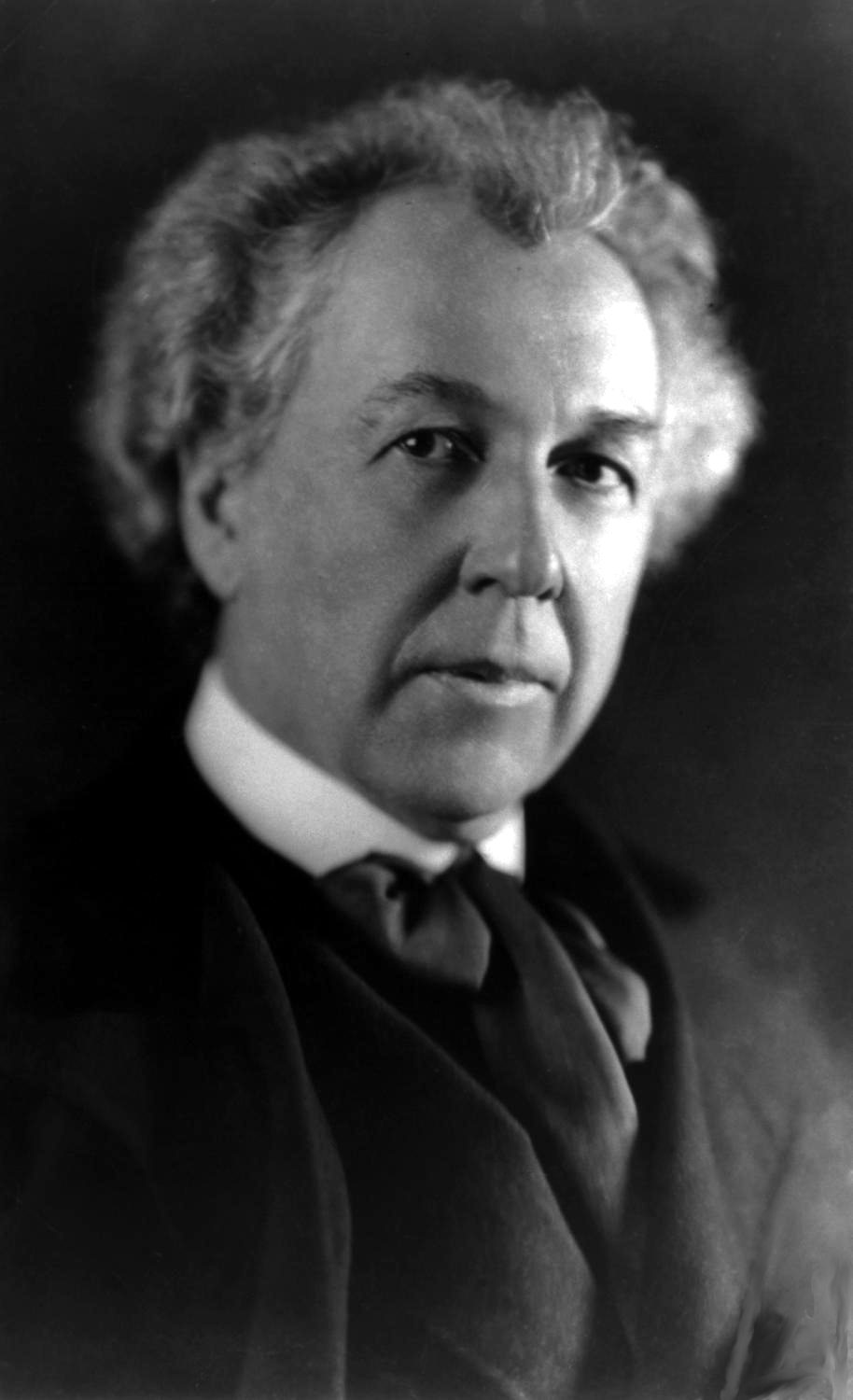



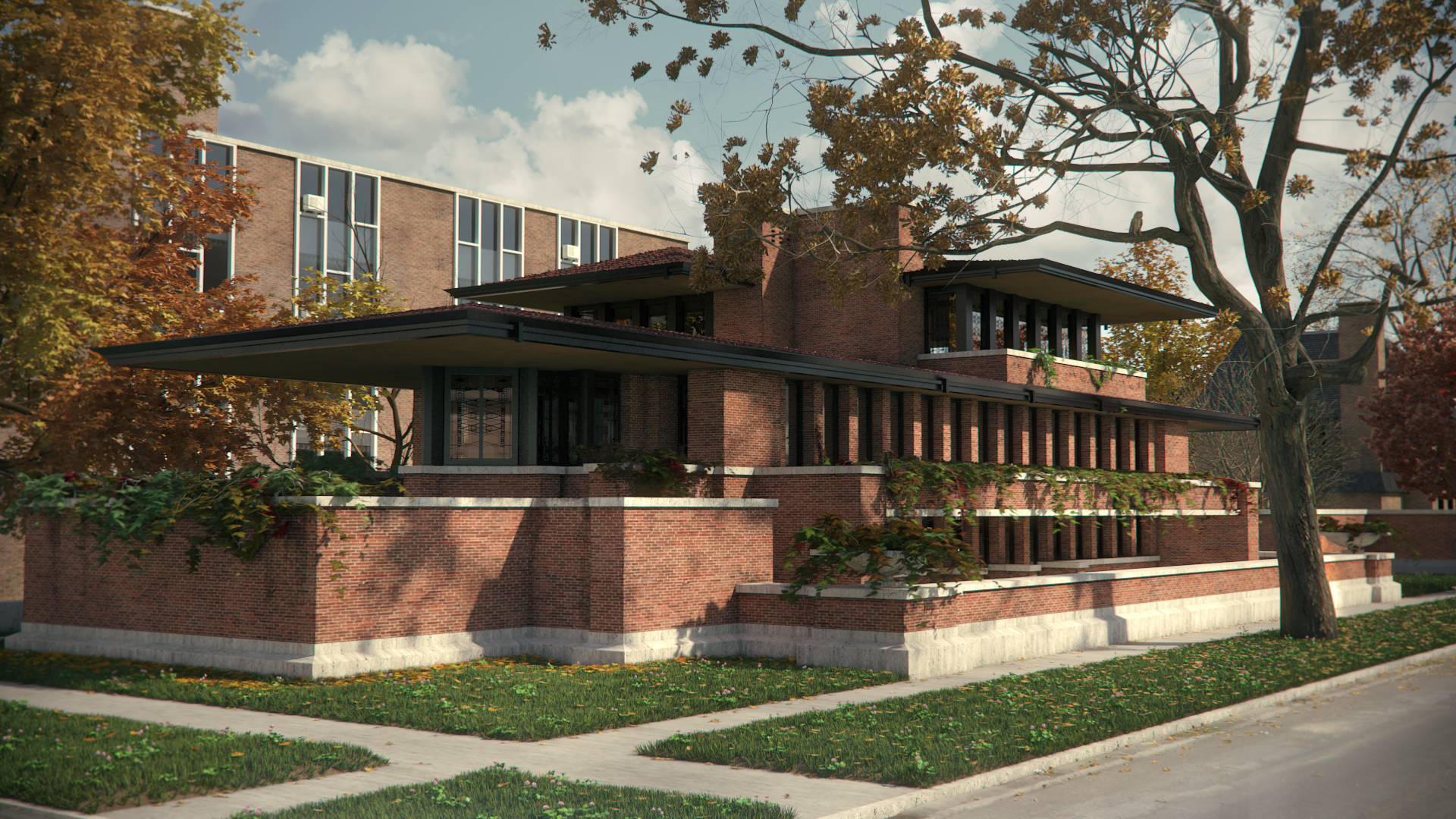



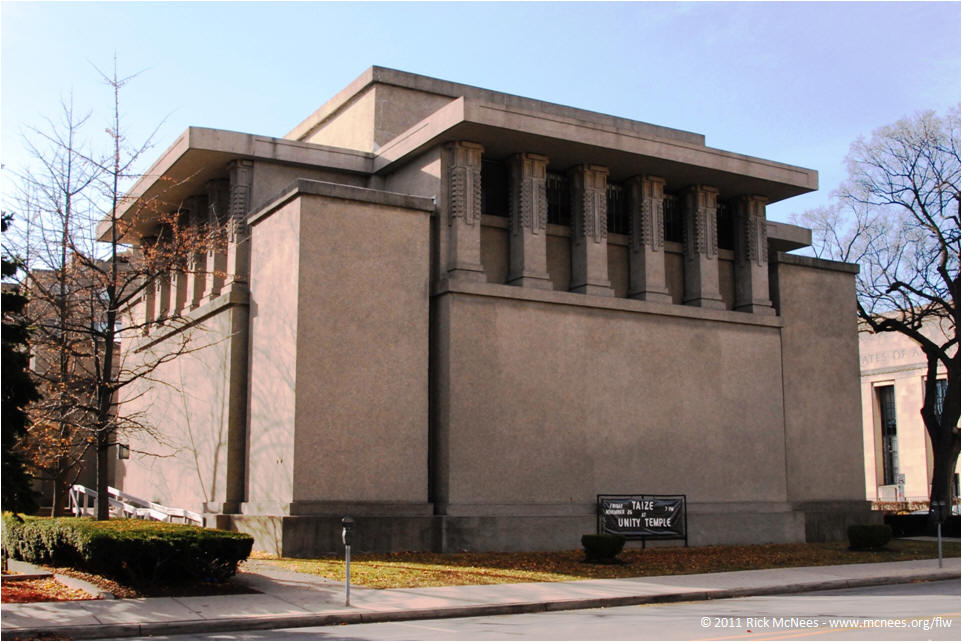

During this time, there were four major pioneers: Frank Lloyd Wright, Walter Gropius, Le Corbusier, and Ludwig Mies van de Rohe. They were thought of as the "originators" of the modern movement.

Frank Lloyd Wright was the first major modern architect. He designed over 1,000 structures and compelted 532 works during his career. He created "architecture of democracy" and took into consideration the unity, planning, nature, site, and materials from the very beginning. Wright also considered organic architecture which refers to the effect on man and the environment.
Although Wright had also created commercial spaces, he was prominently known for creating residential homes and within these homes, Wright had also designed the stained glass features in his spaces. It's said that his color palette was drawn form indigenous plants of the Midwest.


PAST/CURRENT APPLICATIONS:
Here are some images of Wright's sketches or plans with the corresponding current/recent image of the interior or building
Robie House:


The Winslow House, 1893:


Johnson Wax Building, 1939:


EXTRA CREDIT:
A video of Frank Lloyd Wright talking about how architects and engineers can tell you a lot about something but they don't actually understand it. I thought it was interesting, and slightly humorous.
https://www.youtube.com/watch?v=vK420aQmI3I
Wednesday, September 16, 2015
Peer Review
Amanda M: I like how Amanda emphasized that the point of the Protomodernism movement was to steer away from the influence of history and to create something completely new. I felt that the images she chose were good representations of the period.
Rachael: Rachael gave a good synopsis of the entire Protomodernism movement. She covered everything from key characters and influential designers to the style characteristics and the definition of the words.
Rachael: Rachael gave a good synopsis of the entire Protomodernism movement. She covered everything from key characters and influential designers to the style characteristics and the definition of the words.
Protomodernism: De Stijl
Protomodernism is a movement made up of 4 different styles. These styles include the Deutscher Werkbund movement, Vienna Succession, De Stijl, and Frank Lloyd Wright's Prairie Style. Deutscher Werkbund began in Germany in 1892 with the purpose of having the highest quality design with the ability of being mass produced. Like the Arts and Crafts movement, Deutscher Werkbund was a protest against the artistic establishment but they embraced the use of machines.The Vienna Secession on the other hand, ha no ties to historical or academic styles of design. A few of the designers for this movement include. Joseph Olbrich, Josef Hoffman, and Otto Wagner. Gustav Klimt was the major artist. He believed that there should be a union between art and design and frequently used the subconscious as the subject matter for his work. Klimt used a lot of gold in his pieces. Below is one of his works of art.
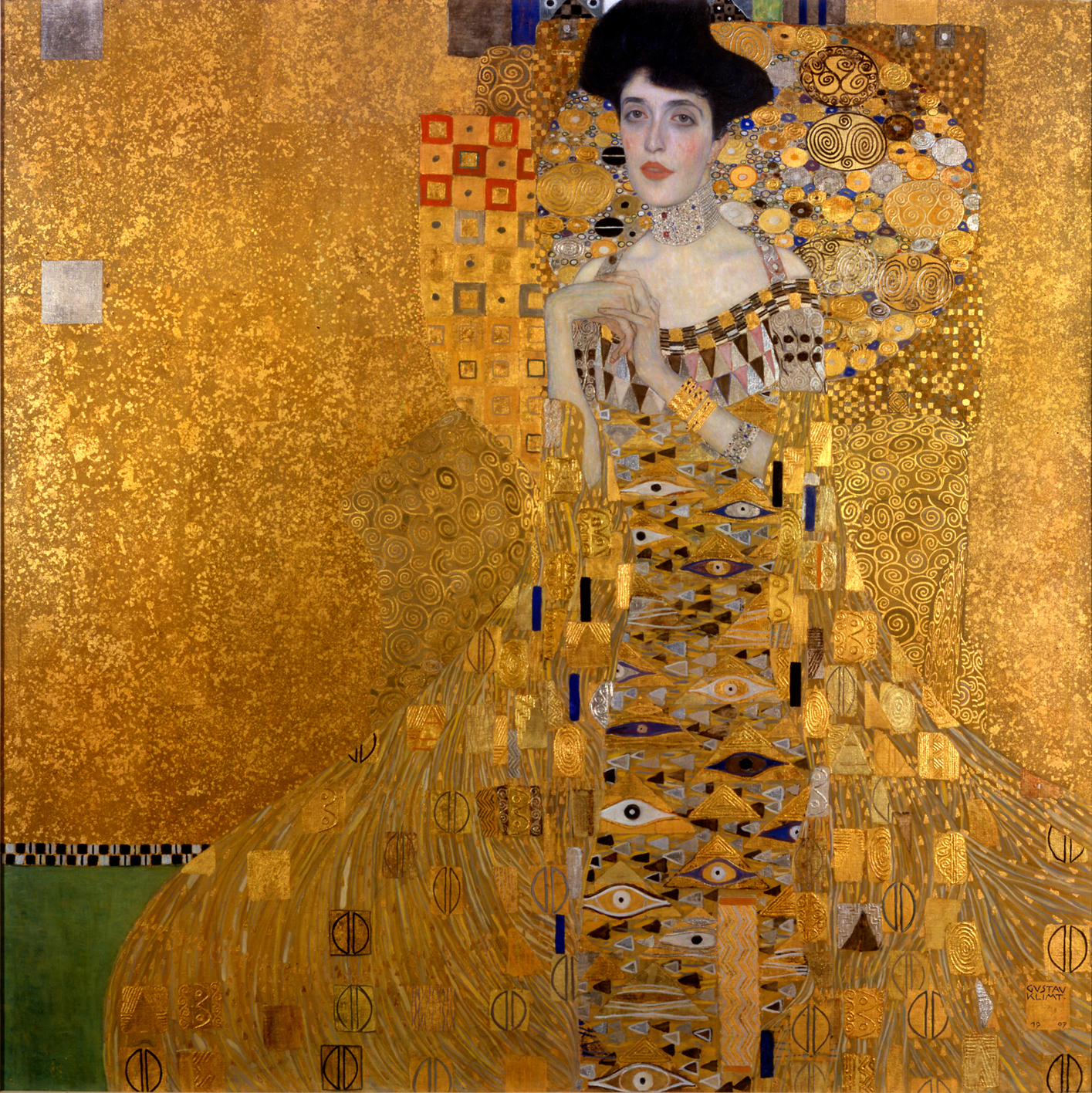
De Stijl began in the Netherlands in 1917 and means " the style" in Dutch. The style focuses on elementary shapes, colors, flat surfaces, vertical, and horizontal lines. The major architect was Gerrit Rietveld. Rietveld was the most influential designer of the century. He was a designer and an architect but he had originally began as a cabinetmaker in his father's shop. Rietveld's iconic home is the Schroder House built in the Netherlands in 1924. The home features a flexible floor plan with walls that slide in and out of place. the walls of the home were constructed with brick and plaster. Below are sketches of the Schroder House.

Rietveld's most famous chair is the Red and Blue Chair. He also created a side table that mimicks the playful uses of different horizontal and vertical planes and the merging of both.

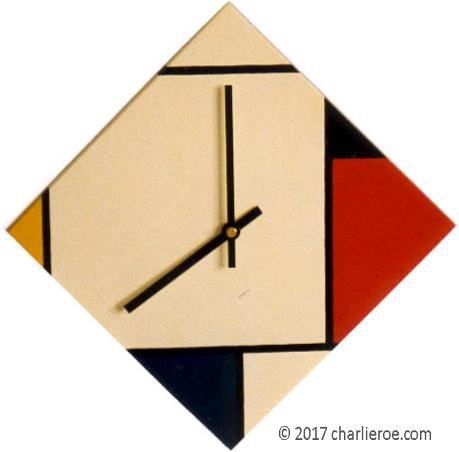


CURRENT APPLICATIONS:
One thing that I find interesting is that the De Stijl style made it's way into the fashion scene. The images below are examples of current applications of the De Stijl style in fashion and in furniture design as well.



EXTRA CREDIT:
1. September 2015 fashion article about the inspiration of Piet Mondrain for high-end fashion designs
https://www.telamoda.com/outfit-of-the-day/piet-mondrian/
2. I found a fun video about the evolution of Piet Mondrian and his De Stijl designs
https://www.youtube.com/watch?v=iSCmWnIoRpI

De Stijl began in the Netherlands in 1917 and means " the style" in Dutch. The style focuses on elementary shapes, colors, flat surfaces, vertical, and horizontal lines. The major architect was Gerrit Rietveld. Rietveld was the most influential designer of the century. He was a designer and an architect but he had originally began as a cabinetmaker in his father's shop. Rietveld's iconic home is the Schroder House built in the Netherlands in 1924. The home features a flexible floor plan with walls that slide in and out of place. the walls of the home were constructed with brick and plaster. Below are sketches of the Schroder House.

Rietveld's most famous chair is the Red and Blue Chair. He also created a side table that mimicks the playful uses of different horizontal and vertical planes and the merging of both.

The major artist for the style was Piet Mondrian. Mondrian was inspired by the cubist art form from France. He also waimed to express equilibrium and harmony as purely as possible. The only colors used in this style were primary colors. 
PAST APPLICATIONS:



CURRENT APPLICATIONS:
One thing that I find interesting is that the De Stijl style made it's way into the fashion scene. The images below are examples of current applications of the De Stijl style in fashion and in furniture design as well.



EXTRA CREDIT:
1. September 2015 fashion article about the inspiration of Piet Mondrain for high-end fashion designs
https://www.telamoda.com/outfit-of-the-day/piet-mondrian/
2. I found a fun video about the evolution of Piet Mondrian and his De Stijl designs
https://www.youtube.com/watch?v=iSCmWnIoRpI
Wednesday, September 2, 2015
Peer Review
Alicia - Alicia's blog post on Art Nouveau stands out to me because of the images she was able to find. She wrote about Hector Guimard and Alicia even showed how his artistic style was not just visible above ground but below as well. Alicia was able to find various images of interiors that represent the art nouveau movement well.
Miryam - Miryam was very informative and did a great job of characterizing the Arts and Crafts movement.
Miryam - Miryam was very informative and did a great job of characterizing the Arts and Crafts movement.
Subscribe to:
Comments (Atom)